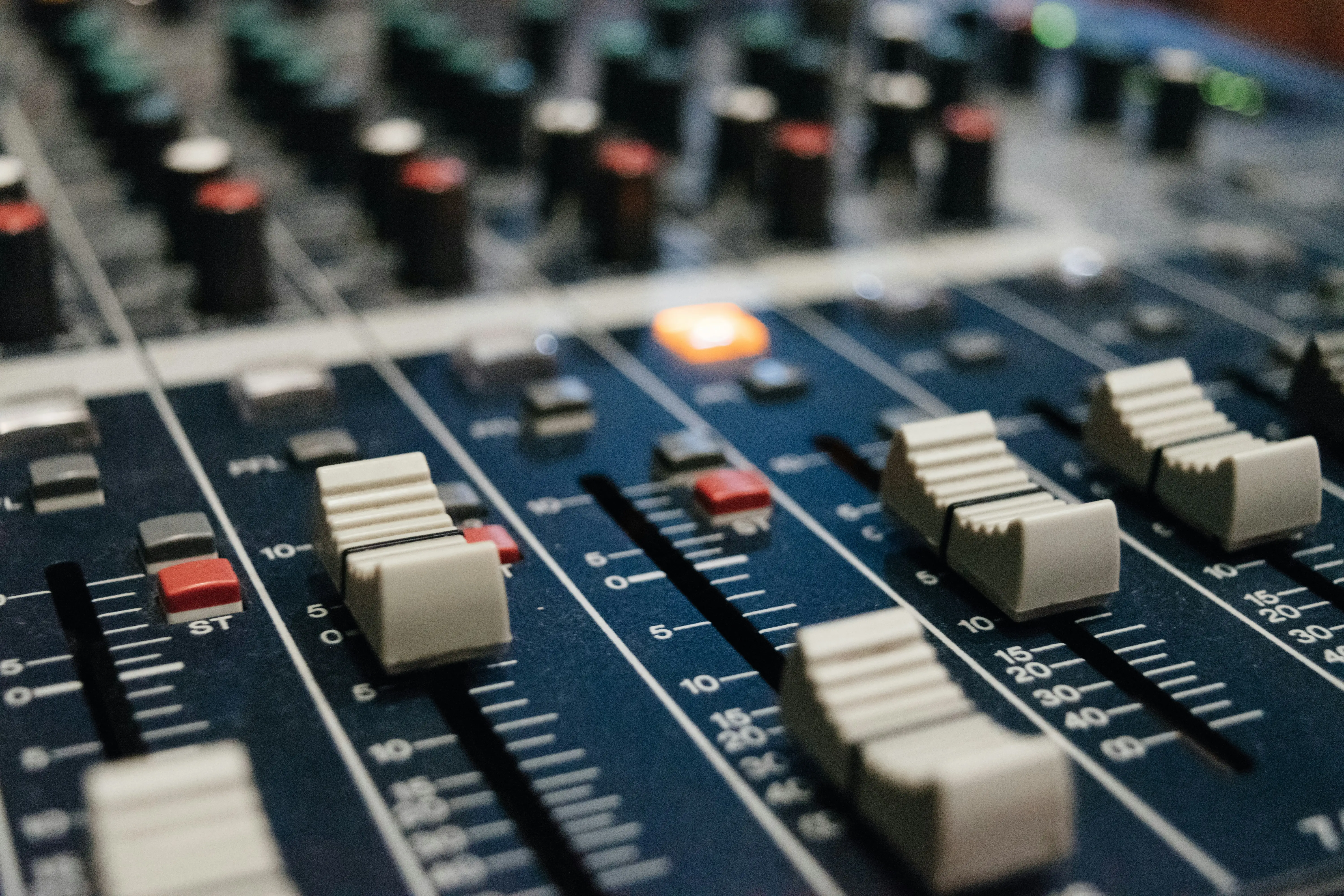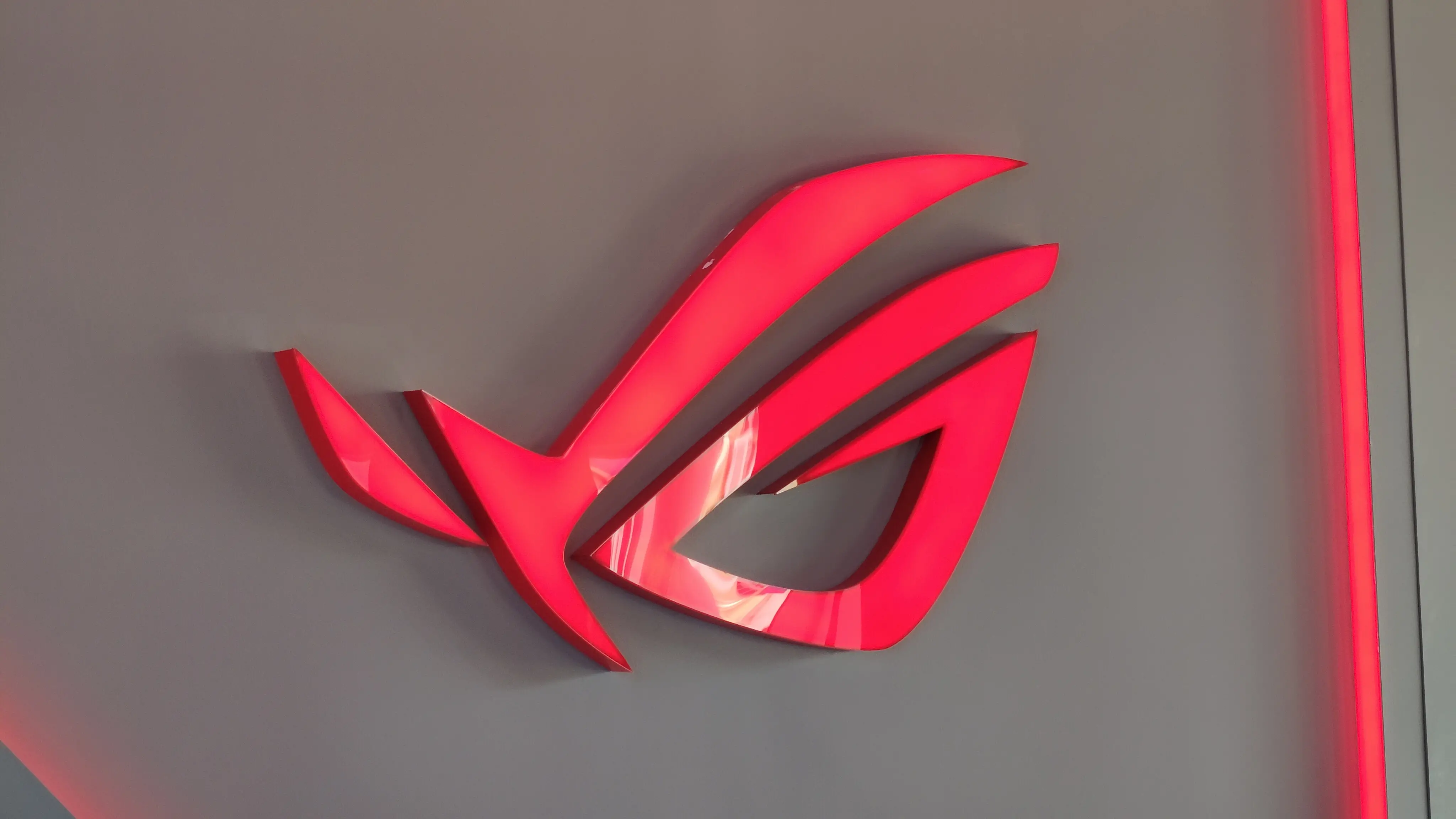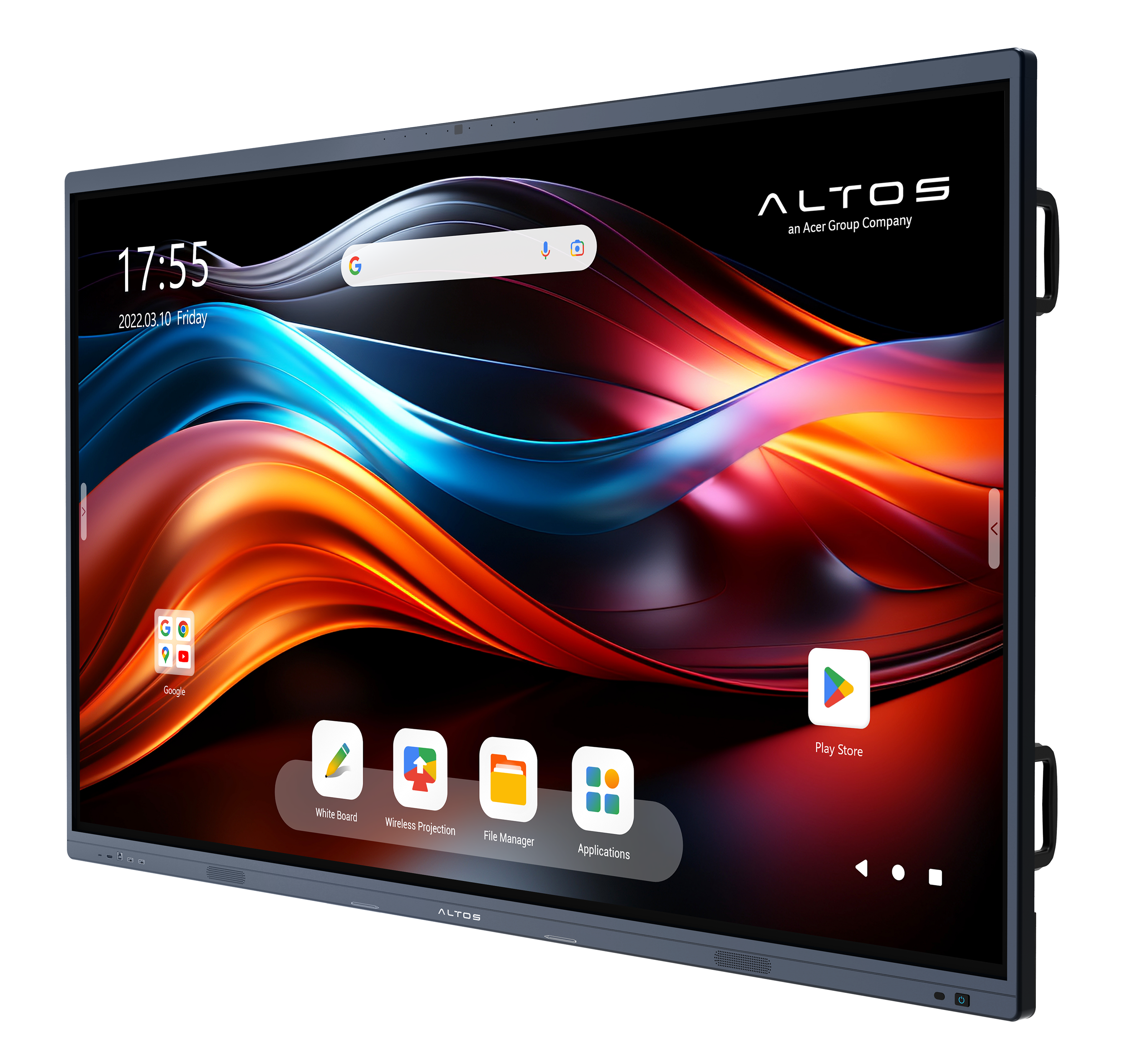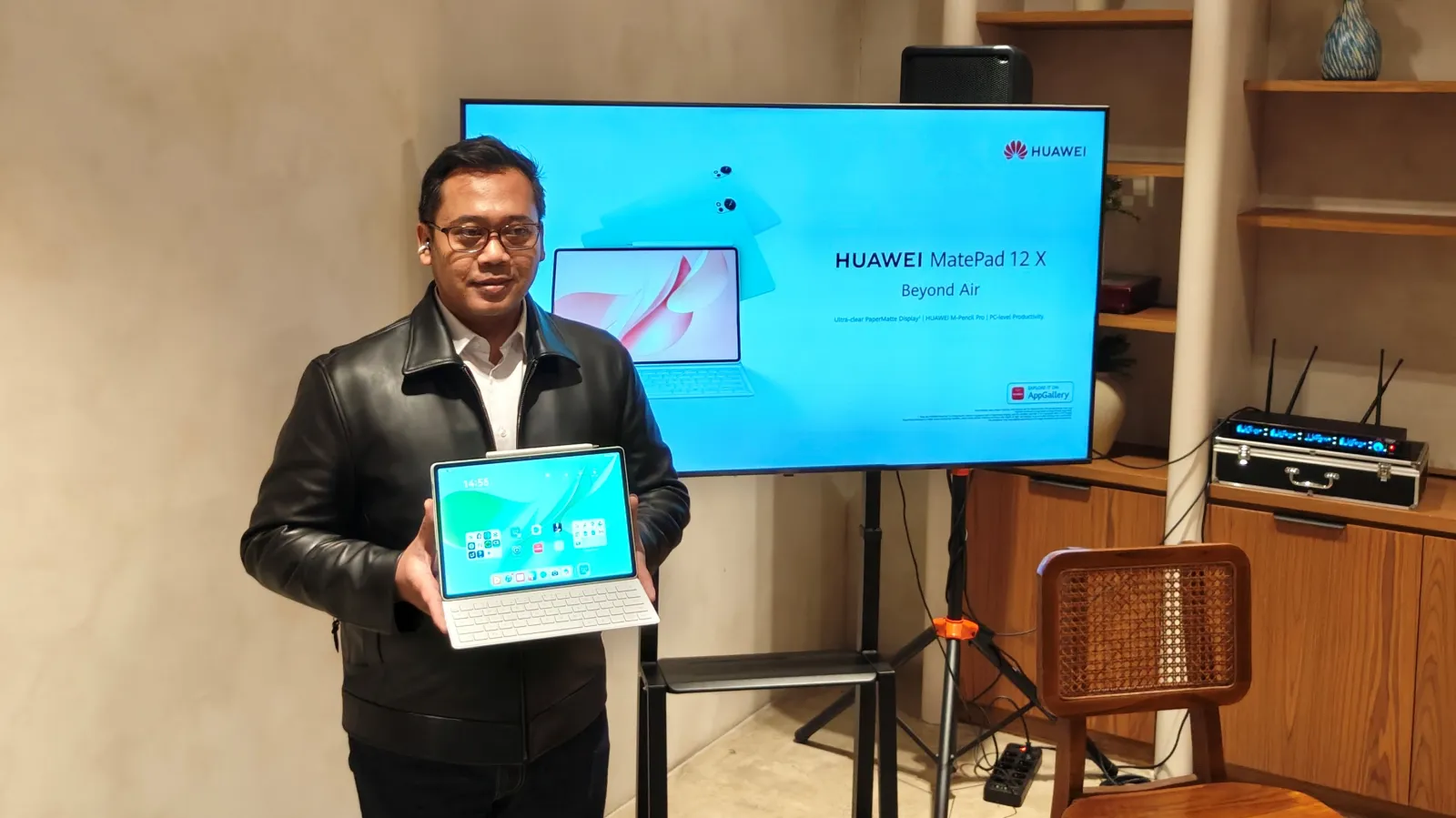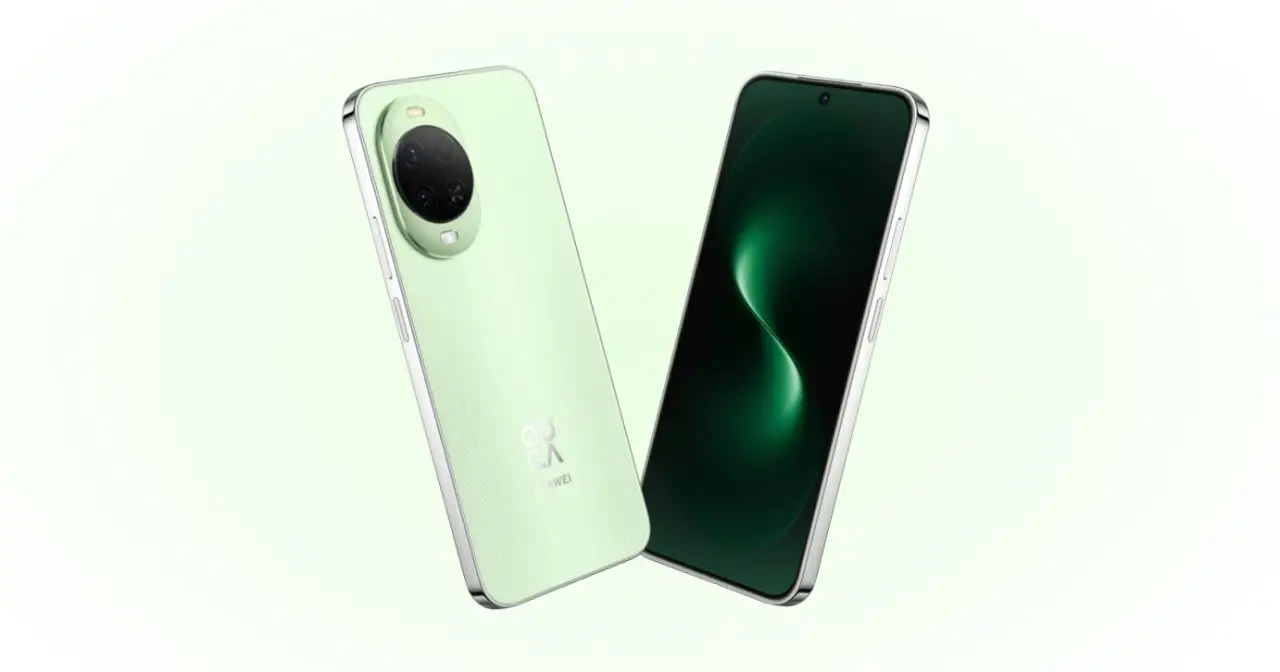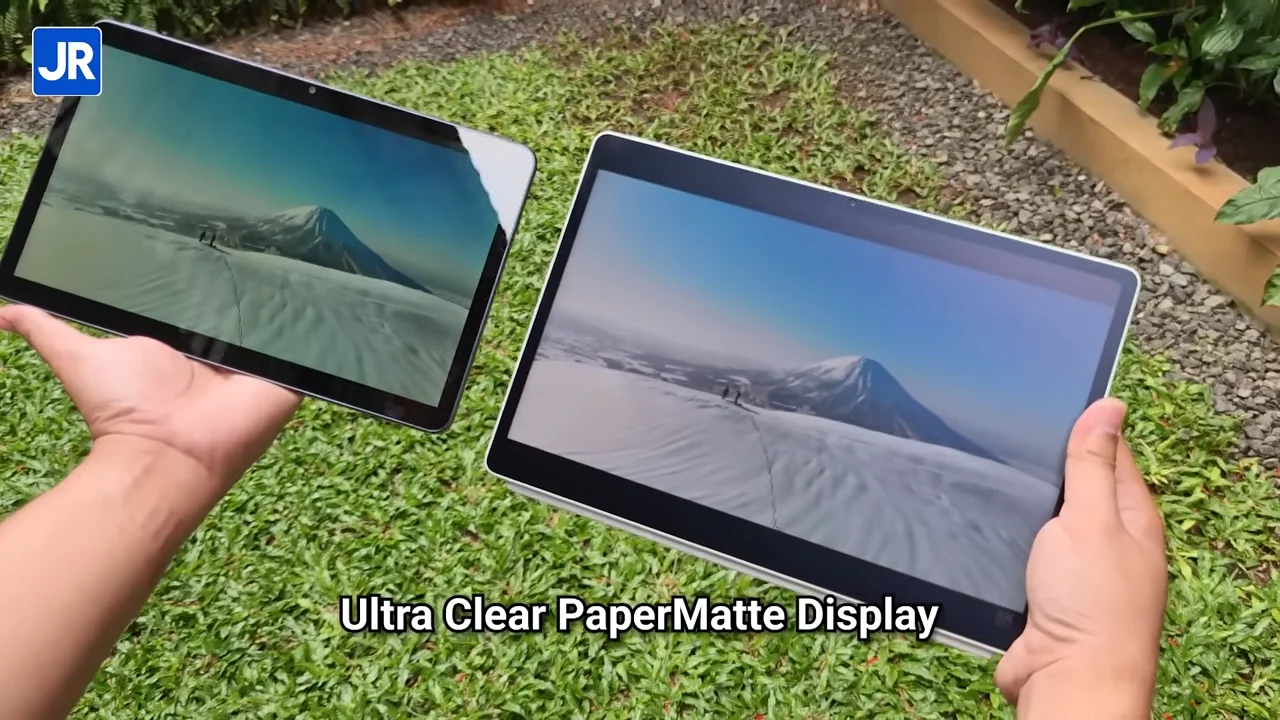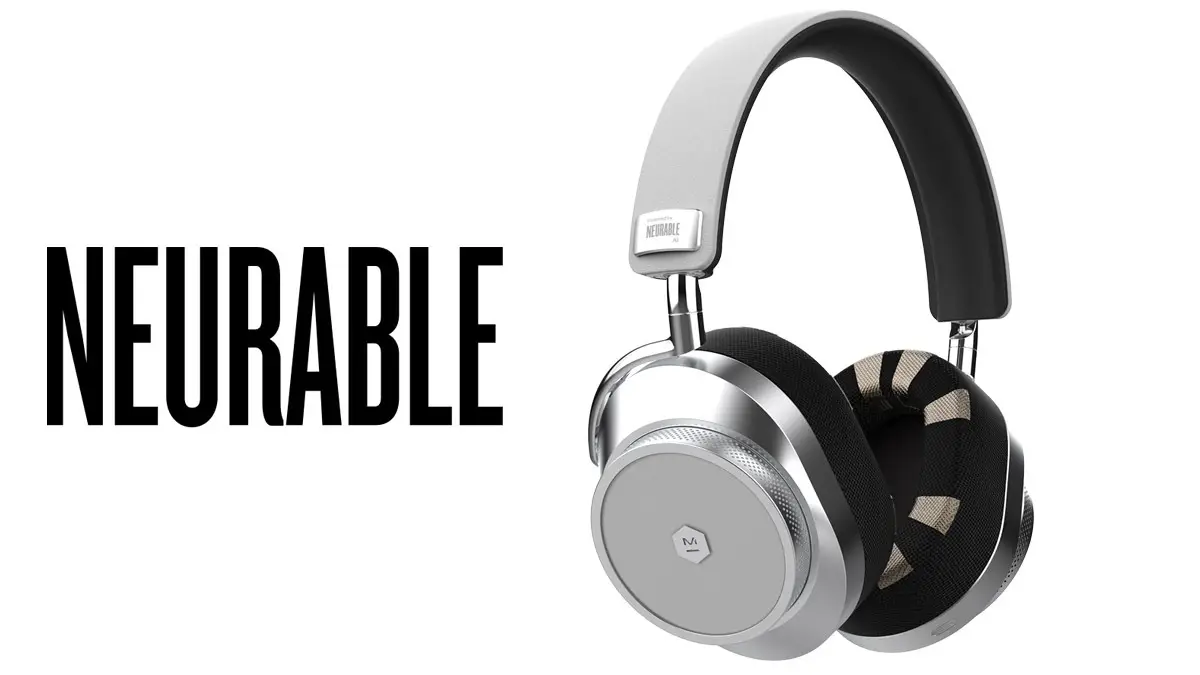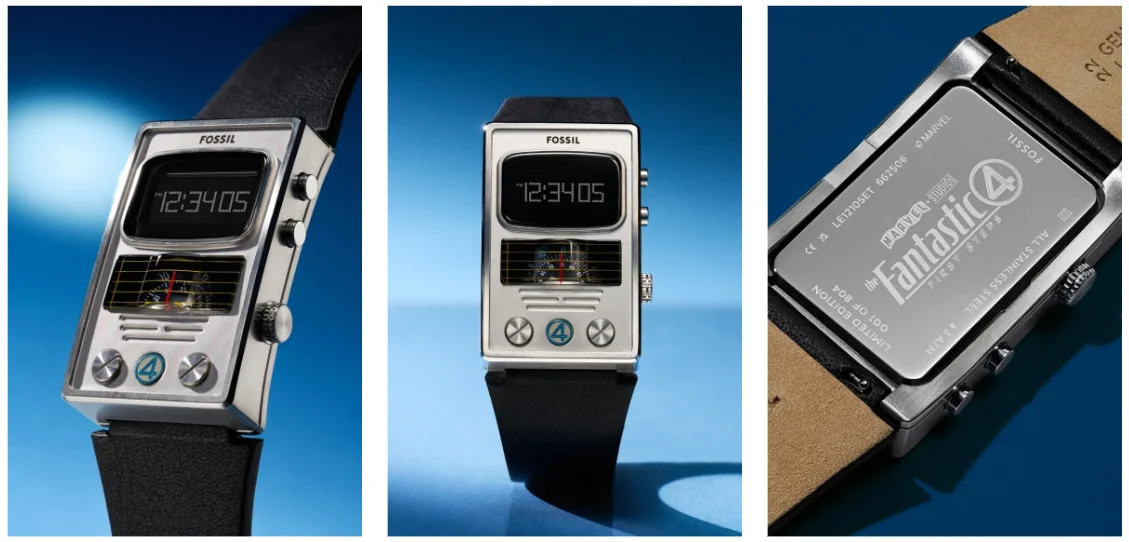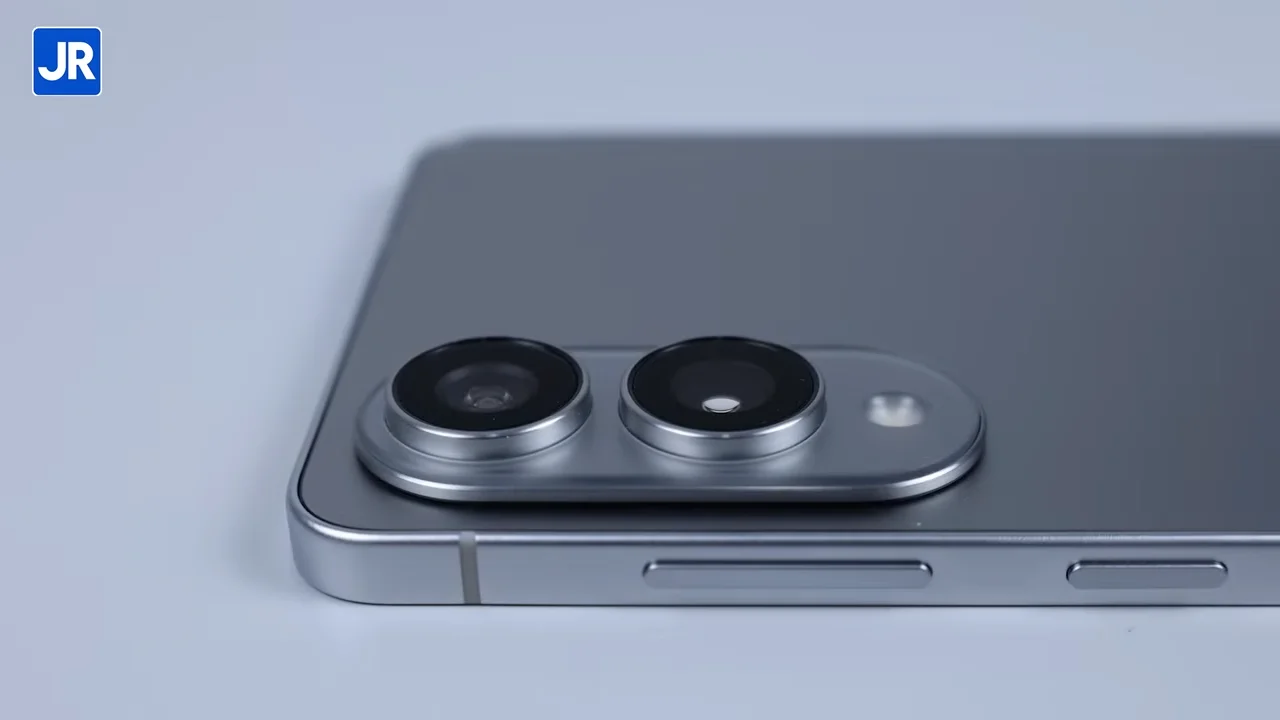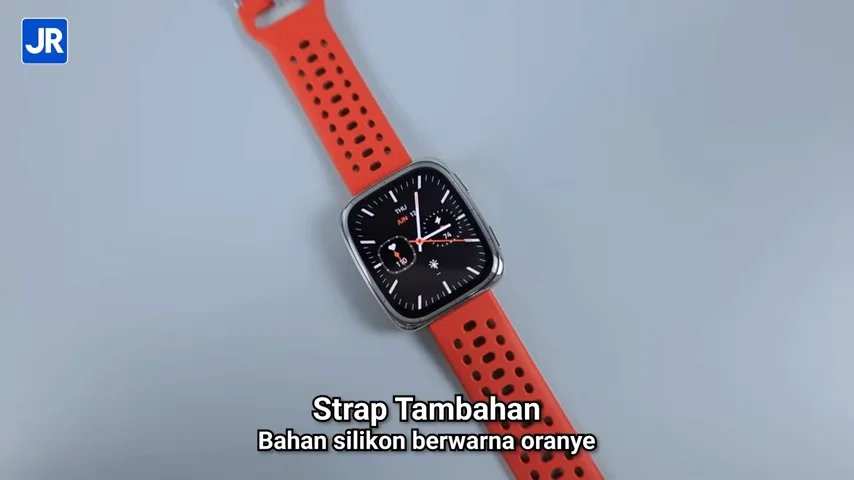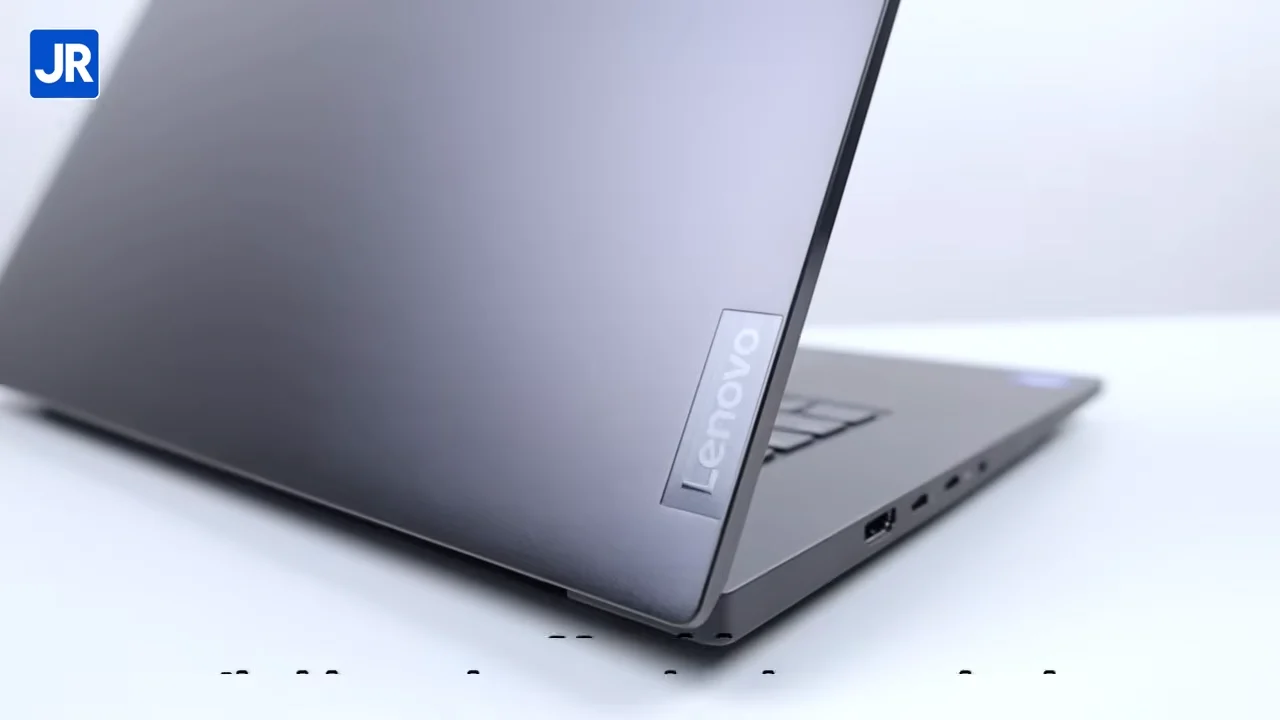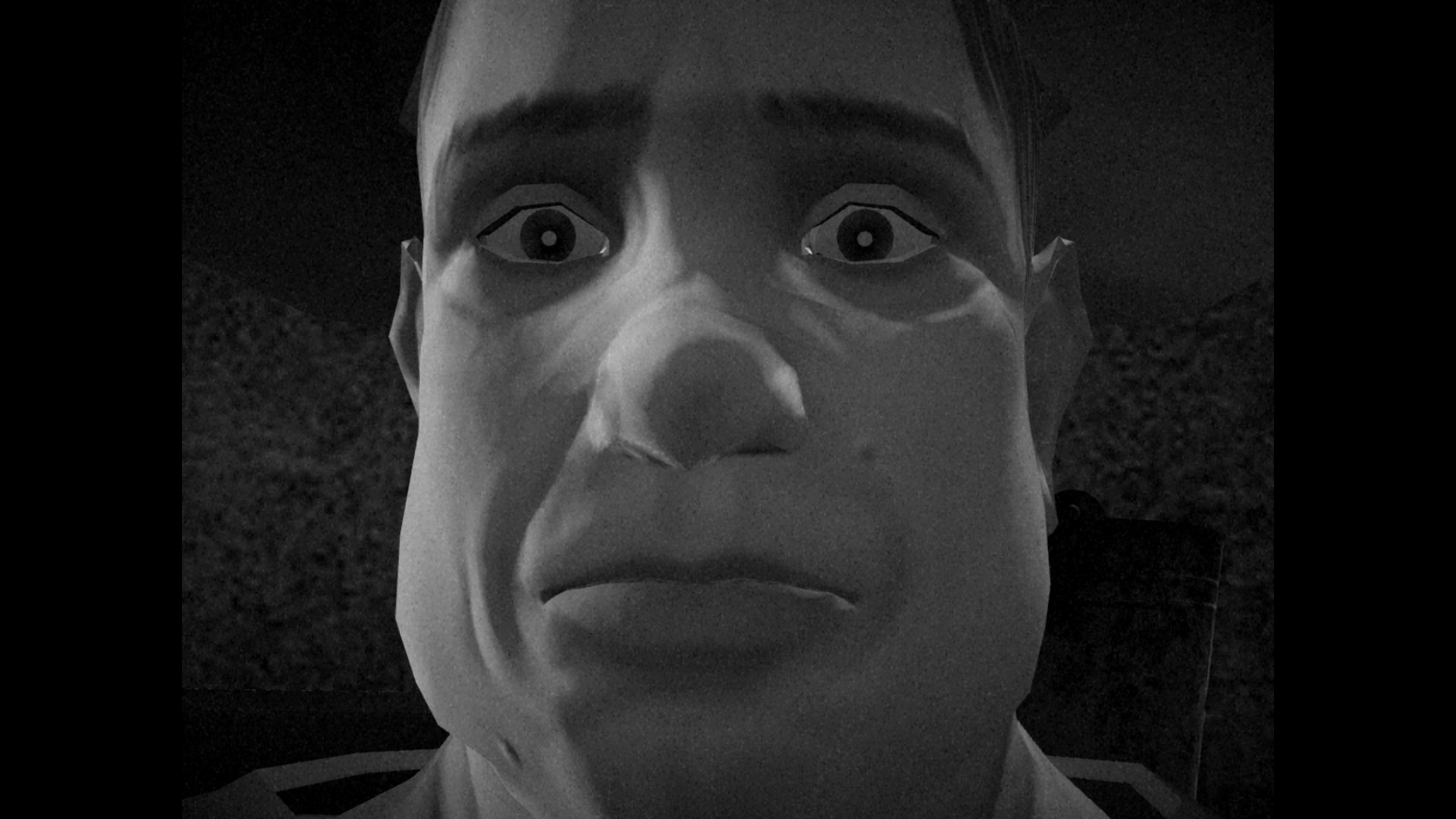Cell Phone Radiation – Part 1
In today’s world, cellular phones, or just cell phones as they are commonly referred to, have become an integral and indispensable part of our daily communications. The modern humans simply cannot leave home without their cell phones tucked in their pockets, bags, or simply carried by hand. They are so common, we almost consider using them to be as safe as breathing the air, while they are truly not. Out of millions of cell phone users in the whole world, as much as 80% are unaware of the dangerous energy waves emitting from cell phone antenna. Just like any other device which utilizes radio frequency (RF) for wireless transmission, cell phone antennas also emit electromagnetic radiation.

At the advent of mobile communication devices many years ago, people were laughing at the idea of electromagnetic radiation triggering serious illnesses and health disorders amongst cell phone users, as the radiation was considered too weak to cause any immediate effect. While the information was not entirely new, most people at that time were still undermining its danger. However, like what happened to tobacco in the 1960’s, a few researches into the matter were more than enough to turn what was previously regarded as a false myth, to a real, frightening truth: cell phone radiation does pose a serious threat to human health. The electromagnetic radiation heats up nearby organic tissues and distorts their functions. Though the effect is not as instantaneous as some other devices that also uses RF’s heating energy such as, say, microwave oven, repetitive exposure over long periods of time is still enough to bring about some significant consequences.
Word quickly traveled around as more and more researches came out with all sorts of diseases and illnesses caused by cell phone radiation, from brain cancer and brain tumor, to Alzheimer. Also, just because the cell phone is closest to the head during conversation (the time at which electromagnetic radiation is intensely in use), it does not mean that the radiation only affects that specific area of the human body. As found out later by researchers from the Technology Institute of Bandung (ITB), cell phone radiation can also reduce sperm quality by 30 percent. If it deals that much damage down below, imagine what the radiation would do to the organs that are located even nearer to its source.
Just like device features, not all phones are created equal when it comes to radiation emission. Different models from different manufacturers emit different levels of radiation. The Federal Communication Commission (FCC), an independent agency whose task is to regulate the use of electronic communication devices and standards in the United States, has taken the initiative to dig deeper into this matter. They came out with the list of 20 cell phones with the highest levels of radiation:
| No | Manufacturer /Model | SAR Level (Digital) |
| 1 | Motorola V195s | 1.6 |
| 2 | Motorola Zine ZN5 | 1.59 |
| 3 | Motorola Rival | 1.59 |
| 4 | Kyocera Jax S1300 | 1.55 |
| 5 | Motorola VU204 | 1.55 |
| 6 | RIM Blackberry Curve 8330 (Sprint) | 1.54 |
| 7 | RIM Blackberry Curve 8330 (U.S Cellular) | 1.54 |
| 8 | RIM Blackberry Curve 8330 (Verizon Wireless) | 1.54 |
| 9 | Motorola Crush | 1.53 |
| 10 | Nokia E71x | 1.53 |
| 11 | Pantech Matrix | 1.52 |
| 12 | LG Rumor 2 | 1.51 |
| 13 | RIM Blackberrry Bold | 1.51 |
| 14 | HTC SMT 5800 | 1.49 |
| 15 | Motorola Droid | 1.49 |
| 16 | Sony Ericsson W350a | 1.48 |
| 17 | LG Chocolate Touch | 1.47 |
| 18 | Nokia 2320 GoPhone | 1.47 |
| 19 | Palm Pixi Plus (Verizone Wireless) | 1.47 |
| 20 | T-Mobile Dash 3G | 1.47 |
FCC obtained the above data by measuring the SAR (Specific Absorption Rate) from each corresponding phone as it was used close to the ear. To pass the FCC’s standard, a phone must emit a radiation level of less than or equal to SAR 1,6 watt per kilogram (w/kg). Naturally, the research was limited to cell phone models that were released in the United States.
Five models from Motorola were included in the top-ten rank of high-radiation cell phones according to the FCC data; one other model came in at the 15th position. In-between the top-five phones is the Kyocera Jax S1300. Research In Motion produces two high-radiation models through its renowned Blackberry brand of smart phones, the Curve 8330 and the Bold 9000 series. The bottom position in this list (which is rather a good indication in this matter) is reserved to T-Mobile’s Dash 3G. Nokia, HTC, and Sony Ericsson each has one model listed.
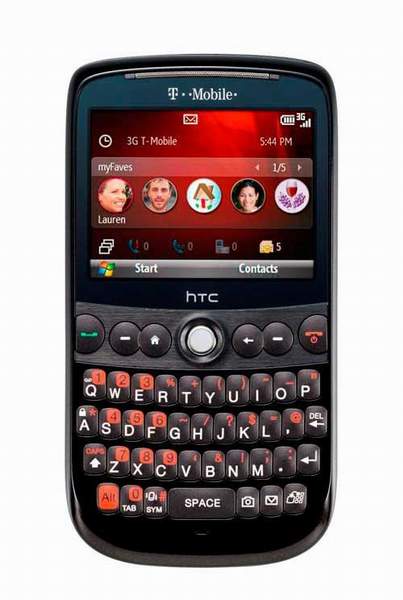
How about low-radiation cell phones? As it turned out, the FCC also managed to find models with friendlier levels of radiation:
| No | Manufacturer/Model | SAR Level (Digital) |
| 1 | Beyond E-tech E6 | 0.109 |
| 2 | Samsung Eternity SGH-A867 | 0.194 |
| 3 | Samsung Blue Earth | 0.196 |
| 4 | Samsung SGH-GH800 | 0.23 |
| 5 | Samsung Soul | 0.24 |
| 6 | Samsung Impresion SGH A-887 | 0.27 |
| 7 | Samsung Innov8 | 0.287 |
| 8 | Beyond E-Tech Duet D888 | 0.32 |
| 9 | Samsung SGH-T299 | 0.383 |
| 10 | Doro PhoneEasy 410 | 0.445 |
| 11 | Motorola Devour | 0.45 |
| 12 | Samsung SGH-A167 | 0.452 |
| 13 | Samsung SGH-i450 | 0.457 |
| 14 | Samsung Rugby SGH-A837 (AT&T) | 0.46 |
| 15 | Samsung Propel Pro | 0.473 |
| 16 | Samsung Freeform | 0.48 |
| 17 | Samsung Gravity | 0.487 |
| 18 | HTC Imagio (Verizon Wireless) | 0.489 |
| 19 | Samsung Flight SGH-A797 | 0.505 |
| 20 | Samsung Alias 2 SCH-U750 | 0.541 |
Yes, Samsung produces some of the friendliest phones when it comes to health concerns. Quite a lot of them, really, as seen from the table above. At least 15 models from that manufacturer are listed among the top-20 rank of low-radiation cell phones. The very top position, however, is claimed by Beyond E-Tech’s E6. Quite surprisingly, Motorola also has one model to compete in this health-friendly segment of the cell phone market, the Motorola Devour. Others in the list include models from HTC and Doro.
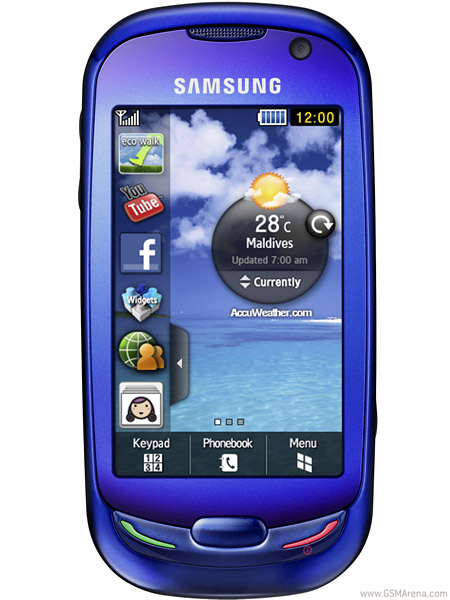
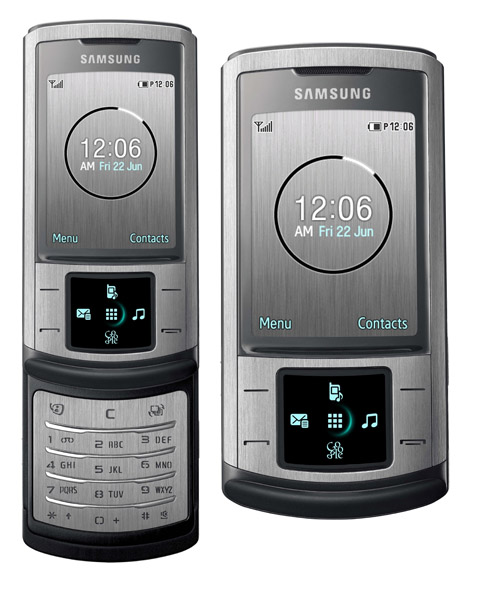
Given its long-term effects nature, cell phone radiation is especially dangerous for children who are still in the developmental stage of their growth, as the damage caused by it will accumulate overtime. Thirty percent of cell phone users are children and they lie vulnerable to the radiation. After ten years of cell phone usage, children (or, perhaps by then, teenagers or adults) may start showing off symptoms of radiation-related health issues, according to one research.
The FCC is not the only one trying to do something about the hazardous radiation. Some other independent organizations share the same concern as well. The FCC also provides a way to find out the radiation level of your phone. All you have to do is open the battery cover, then pull out the battery itself and see the FCC number you will notice afterwards on the backside of your phone, just beneath the battery. Post the FCC number on this website to receive information on your cell phone’s radiation level: http://www.fcc.gov/oet/ea/fccid
Because of the danger posed by the radiation, it might be wise for us to also consider this aspect when buying a new cell phone, aside from the usual feature and price-performance measurements. Parents with small children or teenagers could also more carefully select cell phone models before buying one for their kids. After all, a good health is always a worthy investment for anyone.
Original Article by: Sony Hanifudin
Translated by: Oik Yusuf

